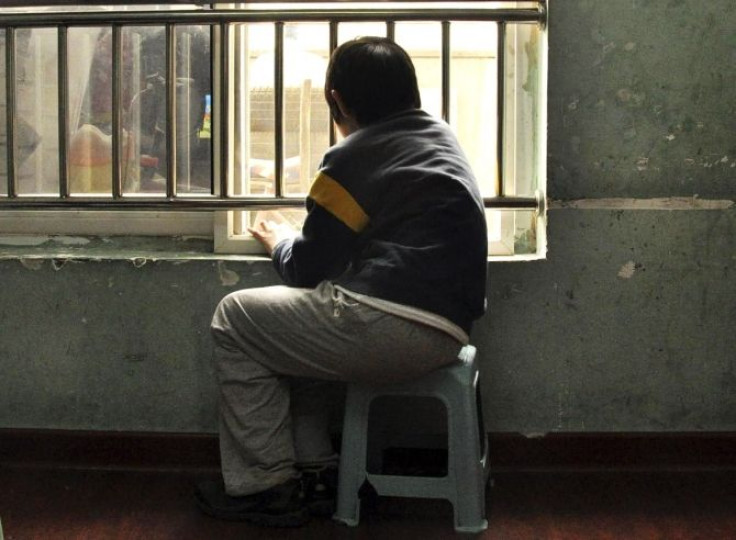CDC Reports a Surge in Autism Rates, 1 in 88 children affected in the US

A new government health report indicated that about one in 88 children in the United State has autism or a related disorder, the highest estimate to date, which represented an overall increase of 25 percent since the last analysis in 2006.
The Centers for Disease Control reported on Thursday that the rate increased by 78 percent compared to the reported rate in 2002.
Researchers count the number of 8-year-olds have autism in about a dozen communities across the nation every two years, and in 2000 and 2002 they estimated that about 1 in 150 children were autistic. In 2004, it was estimated that about one in 125 8-year-olds had autism compared to in 2006 one in 110 and in 2008 there was one in every 88.
Official estimates, based on surveillance reports from its Autism and Developmental Disabilities Monitoring Network, show that the number of boys with autism is five times greater than the number of girls affected.
The CDC estimates that about one in 45 boys and one in 252 girls are on the autism spectrum disorder, and it is likely that the developmental condition affects roughly 1 million U.S. children and teens.
Some experts have questioned whether the rise in autism rates over the past decade are real or if they reflect greater awareness that has made parents and teachers more vigilant of autism symptoms in children who would in the past not have received a diagnosis.
"Inevitably when these statistics come out, the question is, what is driving the increase?" said Mark Roithmayr, president of the research and advocacy group Autism Speaks, according to Reuters.
However Roithmayr noted that better and broader diagnosis and higher awareness accounted for only a half of the rise in autism rates, and that the most recent numbers show that there is an autism epidemic in the United States that needs to be addressed.
"One thing the data tells us with certainty - there are many children and families who need help," said CDC Director Thomas Frieden, according to Reuters. "We must continue to track autism spectrum disorders because this is the information communities need to guide improvements in services to help children."
Advocates for people affected by the developmental disorder called for more research to identify the causes of the disorder as well as more services for those affected.
“The CDC’s new estimate of autism prevalence demands that we recognize autism as a public health emergency warranting immediate attention,” Autism Speaks Chief Science Officer Geri Dawson said in a new release.
“More than ever, these numbers compel us to redouble our investment in the research that can reveal causes, validate effective treatments and guide the effective delivery of services to all our communities,” she added.
CDC researchers warned that because the latest statistics were based on 14 sites in different states, the rates reported in CDC's Morbidity and Mortality Weekly Report are not “nationally representative” and “should not be generalized to the United States as a whole”.
Autism differs greatly in severity and symptoms, and often goes unrecognized, particularly in mildly affected children, and parents don’t generally notice symptoms until the child is 18 months old and clinicians aren’t able to diagnose autism until children start exhibiting the first behavioral and language symptoms of autism at about two years of age.
The report focused specifically on children who were 8 years old because most autism is diagnosed by that age.
Autism is a developmental disorder that affects the brain’s proper development of social and communication skills. Although the exact causes of the disorder are unknown, researchers believe that a combination of factors like genes, diet, digestive tract changes, mercury poisoning could all contribute to the likelihood of developing the disorder.
The term autism is used to describe a group of autism spectrum disorders like Asperger syndrome, Rett syndrome and childhood disintegrative disorder characterized by varying degrees of social and behavioral challenges, as well as repetitive behaviors.
There is no cure for autism, but experts say that treatment is best delivered as early as possible to prevent or reduce the onset of disabling symptoms associated with the disorder.



























